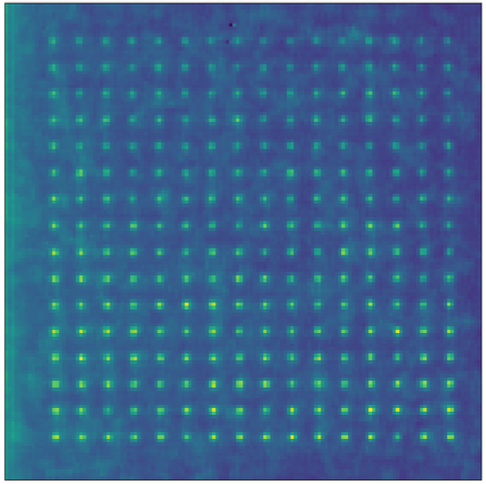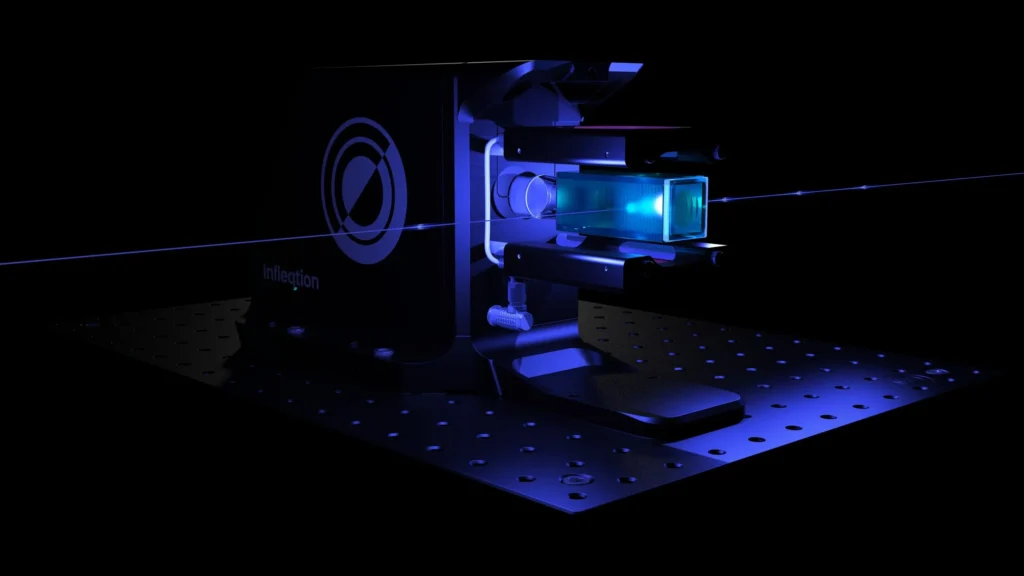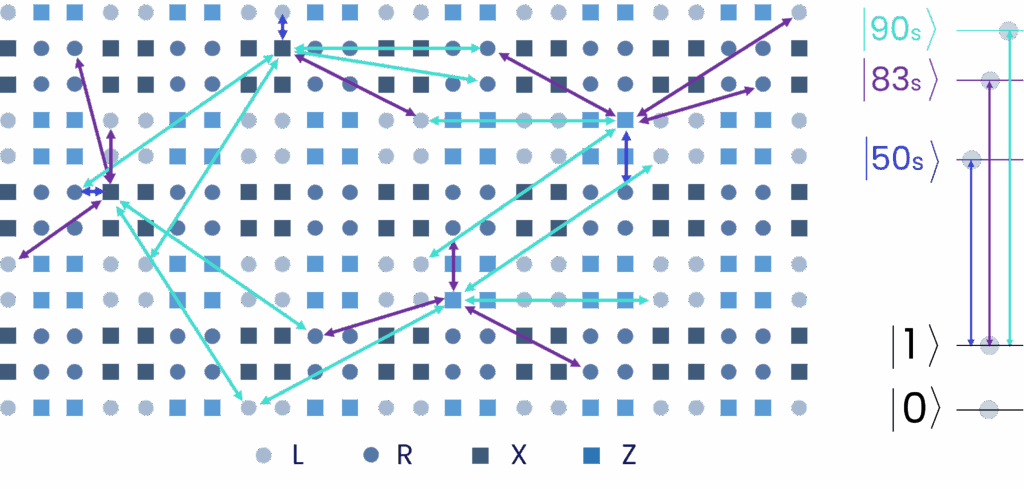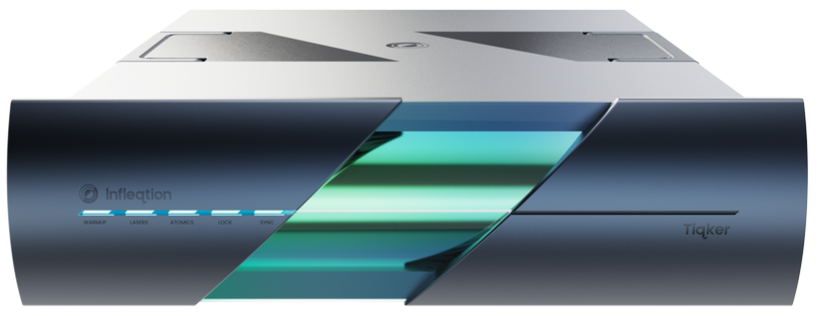
Neutral Atom Technology

Atoms—Nature’s Perfect Qubits and Sensors
Neutral atoms are nature’s identical building blocks—every atom of a given element is exactly the same. Unlike fabricated qubits and sensors, they don’t need to be manufactured or corrected for defects.
Because these atoms are uniform and naturally available, they form a stable, reliable foundation for quantum computing and sensing.
The quantum mechanics of an atom’s internal structure, as well as of their center-of-mass motion, provide computation and sensing capability beyond what can be achieved with classical computers and sensors.
Atoms can be cooled with laser beams to near absolute zero—no liquids, refrigerators, or cryostats required—bringing quantum capability to a tremendous variety of practical domains.



Quantum Computing With Atoms
Atoms are cooled with lasers to temperatures just millionths of a degree above absolute zero. While the atoms are cold, the surrounding system operates at room temperature, avoiding the need for bulky cryogenics.
Laser beams called optical tweezers trap and hold each atom in place, so they can be positioned and moved with nanometer precision.
Quantum information is stored in the atoms’ internal energy levels, referred to as “clock states” in cesium atoms. These states act as the |0⟩ and |1⟩ qubit values.
Because neutral atoms are isolated from their environment they maintain quantum coherence for a long time, reducing errors and increasing reliability.

From Rydberg States to Readout
Entanglement between qubits is achieved by exciting atoms into high-energy Rydberg states. These states allow atoms to interact strongly and perform high fidelity two-qubit gate operations.
Neutral atom platforms consume relatively little power—on the order of kilowatts—making them energy-efficient compared to other modalities and compared to megawatt-scale classical supercomputers.
Measurement is carried out through fluorescence: atoms emit tiny bursts of light when illuminated, allowing detectors to read out their quantum state with high accuracy.


Quantum Sensing With Atoms

The same precise quantum states used for computing underpin some of the world’s most accurate clocks. Infleqtion’s Tiqker harnesses the natural “ticking” of Rubidium hyperfine states to achieve unprecedented timing precision.
Rydberg atoms, which are extremely sensitive to electromagnetic fields, form the basis of Infleqtion’s Sqywire quantum radiofrequency (RF) sensors. By tuning atoms to a particular Rydberg level, they can detect signals across a wide range of RF frequencies.
Atoms have mass, and their quantum-mechanical wave nature enables exquisitely sensitive atom interferometric sensors. This allows Infleqtion’s inertial sensing systems to measure motion (acceleration and rotation) and to detect gravity and gravity gradients with extraordinary accuracy.
These sensing capabilities extend quantum technology beyond computing, enabling breakthroughs in navigation, communications, as well as earth monitoring and space exploration.

Additional Resources

Get In Touch
Your path to quantum advantage starts here.
